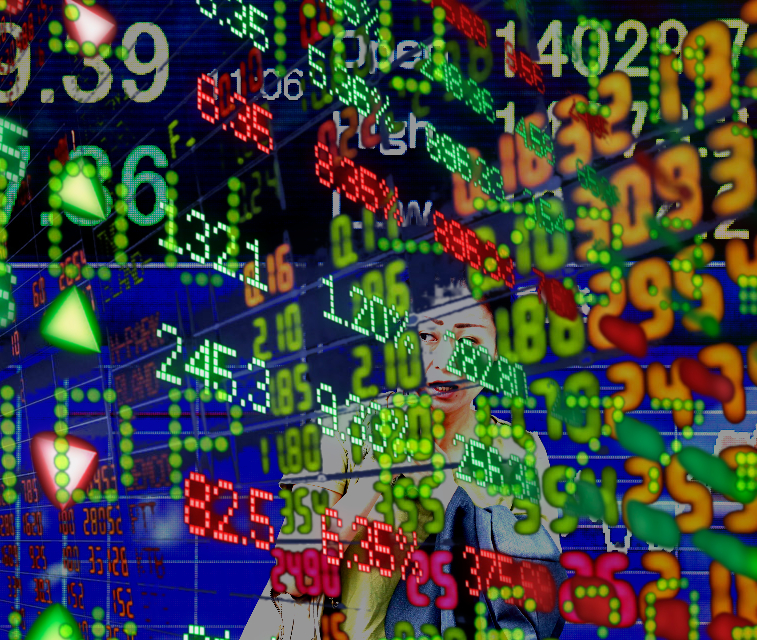New models help markets make sense
 A new breakthrough could make wildly unpredictable global finance markets a little bit easier to judge.
A new breakthrough could make wildly unpredictable global finance markets a little bit easier to judge.
Australian experts say they have improved the predictability of the notoriously volatile financial markets, using large data crunching and sophisticated modelling techniques to achieve a higher degree of accuracy in financial market forecasting.
Deakin University researcher Professor Paresh Narayan the new models he and his group have developed provide greater forecasting accuracy for exchange rates, interest rates and stock prices – key considerations for central and commercial banks.
“Forecasting has been a focus in policy making since the 1960s, with the key objective being to minimise forecasting error,” he explained.
“The models we have developed that account, as precisely as possible, for key statistical features of the data, provide a more realistic guide for policy makers to develop trading strategies.
“They have direct, industry-relevant outcomes - going beyond statistical analysis, influencing investment decisions, predicting types of profit and allowing investors to devise trading strategies on the basis of choosing optimal portfolios.”
Professor Narayan has just been awarded the Mahalanobis Memorial Medal (International) for outstanding contributions to quantitative economics.
“Econometric modelling is setting new benchmarks for Islamic finance research which is reflected in the popularity of the work we do here at Deakin,” Professor Narayan said.
“My team has developed a new database on global Islamic financial stocks and we are using econometric models to evaluate not only the price setting behaviour of Islamic stocks but also forecasting Islamic stock prices and devising trading strategies based on econometric models.”








 Print
Print